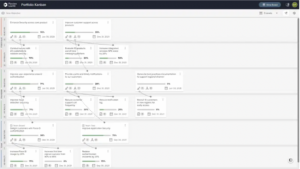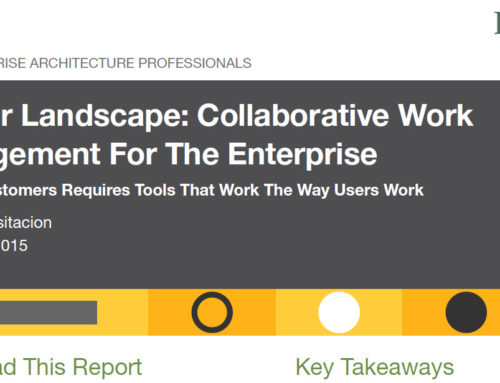
On a high level, a company makes a corporate strategy with loads of complex goals and aspects. But how do you translate that to daily work management, and how do you engage your employees towards these strategy goals?
OKR’s (Objective Key Results) is a relatively new and popular process that companies use to link organizational and team goals to measurable outcomes. OKRs help to answer these two questions:
- Where do we want to go? (Objective)
- How will we measure our efforts to get there? (Key Results)
Whereas an Objective can be long-lived (rolled over for a year or longer), Key Results evolve as the work progresses. Once they are all completed, the Objective is achieved. With a continuous form aligning, revisiting, measuring and adjusting work based on the added value towards these goals, true agility will be realized. This form of strategic planning, where outcomes prevail over output and where the emphasis lies on delivering value, entails a couple of advantages:
- Strategic alignment: everyone contributes to the strategy and corporate success with a unified understanding of succes
- Focused execution: teams will prioritize outputs that deliver value
- Empowered teams: engage teams have a shared purpose, with a sense of ownership of their own activities
Learn more about OKR’s and Planview’s capabilities.






![[WhitePaper] La Gestión de sus Proyectos con tableros Kanban | Descarga el Guía](https://initiativa.com/wp-content/uploads/2015/08/agile-gannt-1024x555-500x383.jpg)